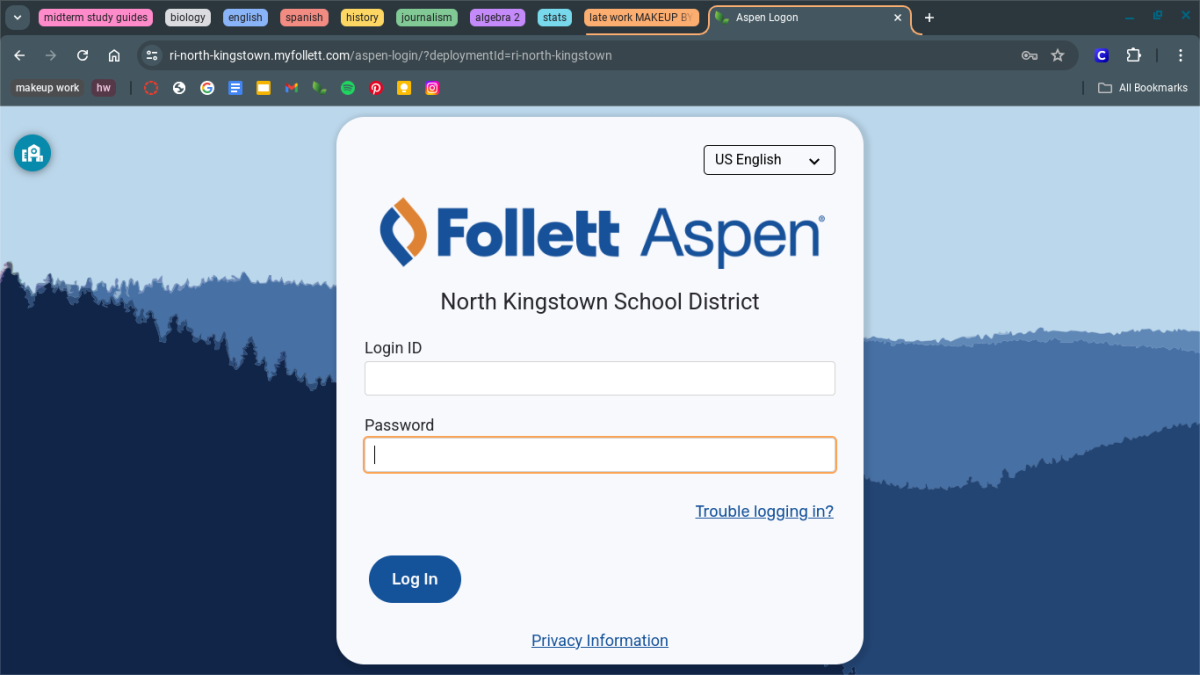Secondary schools moving away from College Board courses and exams
Despite the College Board being listed as a not-for-profit organization under the national tax code, the organization generates $840 million dollars of revenue each year.
January 22, 2021
In recent years, educational institutions have called into question the usefulness of offering college board exams and courses in their district/schools. Certain districts have flat out eliminated AP courses from their curriculum. Others have dedicated less time to SAT exam preparation.
The infamous college admission scandals of 2019 exposed the fraudulent dealings of thirty-three parents of post-secondary students. It also uncovered the fabrication of sports credentials, entry exam cheating, bribery of examination proctors, and conning of university admissions officials. The College Board itself has had their fair share of issues. Despite being listed as a not-for-profit organization under the national tax code, the organization generates $840 million dollars of revenue each year. Additionally, according to the Washington Post, College Board CEO David Coleman earns a $740,000 salary. Not so bad for a CEO of a non-profit.
In June of 2018, eight private schools in the Washington D.C. area quit offering AP courses in their curriculum. Susana A Jones, head of one of the schools suggested that AP courses no longer provide the benefits to students that they did when they were first introduced. She claims that the courses were initially designed to help students get a head start on college credit and graduate in less than four years. This feature is no longer applicable, as the vast majority of undergraduate degrees take no less than four years to complete. She also argues AP was created for the most accelerated students in their class, and with roughly forty percent of secondary students nationwide taking the courses, the significance of including an AP on a college application has declined tremendously. Most importantly, she suggests that college courses in the twenty-first century emphasize “depth over breadth.” Jones believes that AP courses fail to equip students with the necessary critical thinking, researching, interdisciplinary, and experimental approaches that college courses require.
Jones’ analysis of these shortcomings might be met with head nods and grunts from the students and parents familiar with the superfluous aspects of the AP curriculum. While ninety-five dollars for an AP exam may seem hefty in high school, the cost savings that advanced placement course credits can provide compared with the cost of university credits are undeniable.
A spokesman from the college board said, “Over the past decade, the students at just these D.C. – area independent schools have earned more than 39,000 credit hours at the colleges to which they sent their AP scores. That equates to nearly fifty-nine million dollars in tuition savings at highly selective colleges, not to mention the head start these students received in their majors, particularly in STEM disciplines. At a time when the placement, credit, and admission benefits of AP have never been greater, it’s surprising that these schools would choose to deny their students these advantages.”
While schools may not be eager to prevent families from having access to those advanced, cost-saving opportunities, they have started to place less of an emphasis on preparing students for the Scholastic Aptitude Test (SAT). Universities across the country are beginning to adjust SAT weightings when determining college admissions. Some have removed the exam from their calculations altogether since the start of the pandemic. Public universities in California no longer require students to take the exam to be eligible for admission and a growing number of schools have become test-optional. Their rationale for doing so centers around the belief that GPA is a better indication of scholastic aptitude.
While the college board prides itself on providing students with opportunities to enter post-secondary education, secondary schools are beginning to weigh recent events with the benefits and drawbacks of providing students with college board offerings.
-30-










